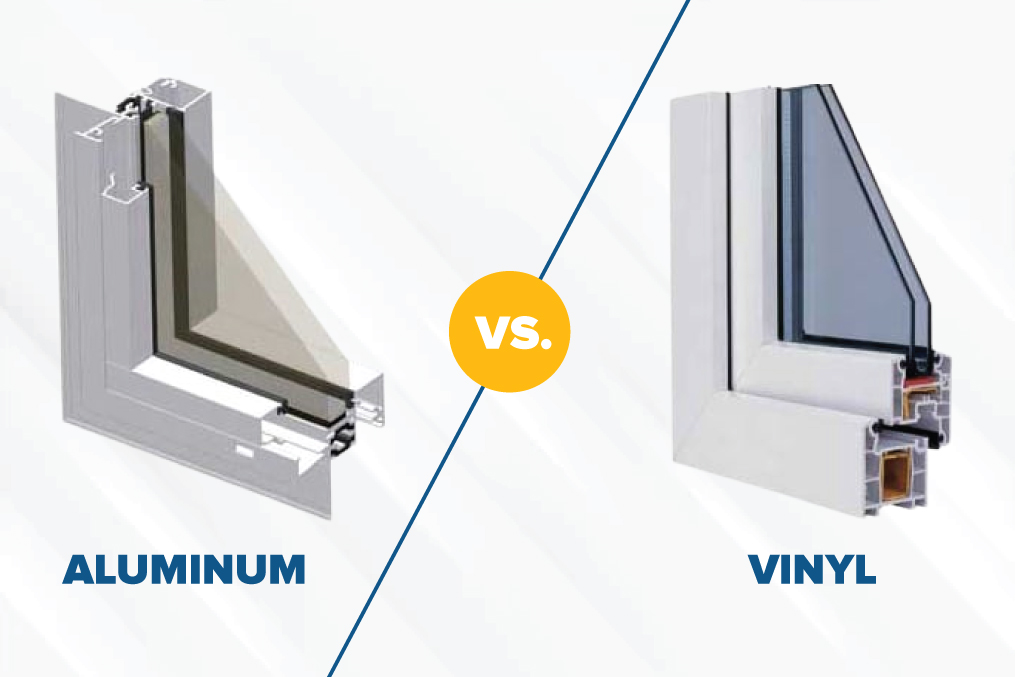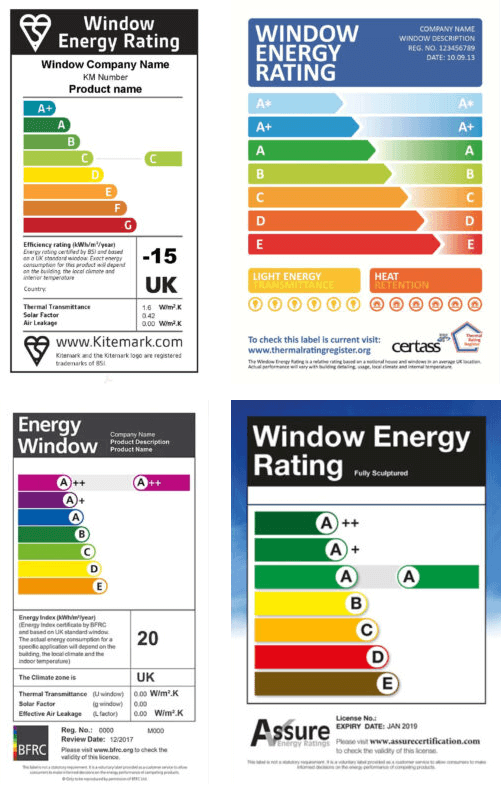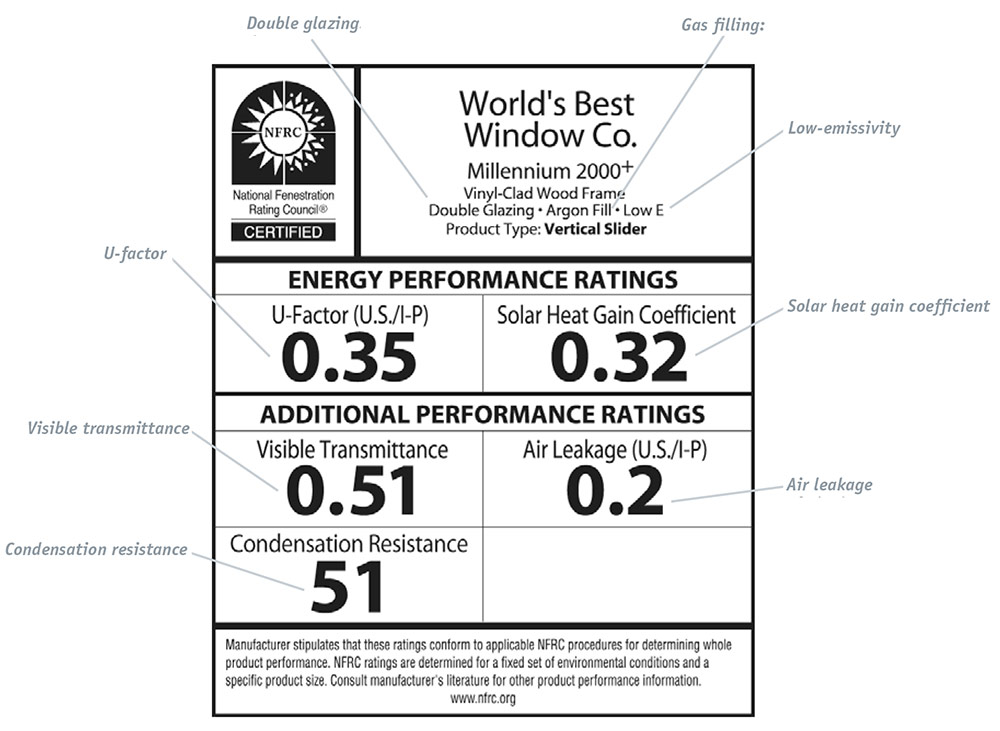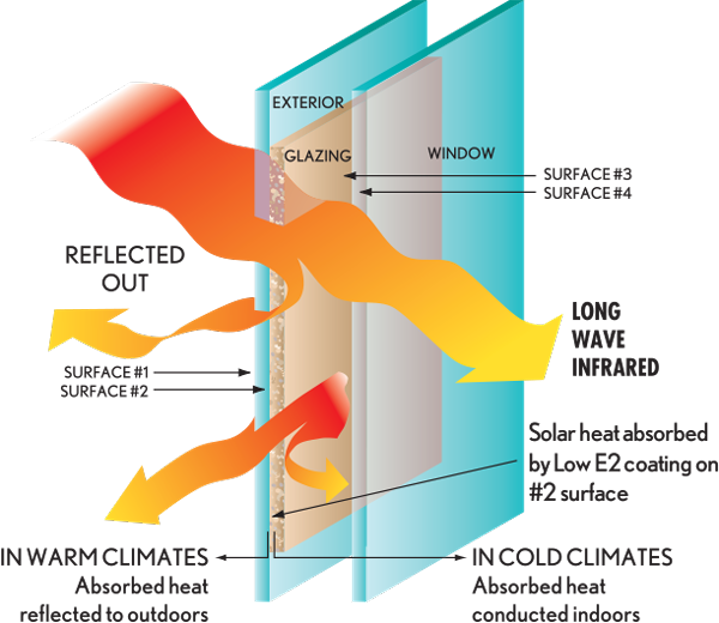
The Definitive Guide to Optimal Energy-Efficient Windows: Maximizing Thermal Performance
In a world where energy preservation has ascended to paramount importance, optimal energy-efficient windows have emerged as a cornerstone of eco-conscious home design. These windows transcend mere aesthetic value; they are instrumental in curbing energy usage while enhancing the comfort of your living environment. This guide delves into the various facets of the best energy-efficient windows, examining their types, benefits, and essential features that render them a wise investment.
Deciphering High-Performance Windows
High-performance windows are engineered to deliver superior energy efficiency compared to their standard counterparts. They integrate advanced materials and cutting-edge technologies to minimize thermal transfer, thereby reducing the energy required to heat or cool your home. These windows are particularly advantageous in extreme climates, where precise temperature regulation is crucial for both comfort and energy conservation.
The Function of Energy-Conserving Windows
Energy-conserving windows are meticulously crafted to diminish the energy necessary to sustain a comfortable indoor climate. They achieve this by thwarting heat loss during colder months and curbing heat gain during warmer seasons. This is accomplished through a symphony of features, including energy-efficient glass, insulated panes, and thermal barriers.
Pivotal Features of Energy-Efficient Windows
- Low-E Windows: Low-emissivity (Low-E) windows are equipped with a specialized coating that reflects infrared radiation, retaining heat indoors during winter and repelling it during summer. This coating also mitigates UV rays that can cause fading of interior furnishings.
- Triple-Pane Windows: Distinguished from traditional single-pane windows, triple-pane windows incorporate three layers of glass separated by insulating gas, significantly bolstering their thermal insulation properties, making them among the most energy-efficient solutions available.
- Double Glazing: Double glazing involves the use of two glass panes with an interspersed gap often filled with inert gas like argon, reducing thermal transfer and enhancing the window’s energy efficiency.
- Insulated Windows: These windows feature multiple layers of glass and specialized spacers that minimize heat transfer, crucial for maintaining consistent indoor temperatures and reducing energy expenditures.
- Energy-Efficient Glass: Designed to offer exceptional thermal insulation while allowing natural light to permeate, energy-efficient glass is often coupled with Low-E coatings and double or triple glazing to optimize energy savings.
The Significance of Window Energy Ratings
When selecting energy-efficient windows, it is vital to heed window energy ratings. These ratings provide insights into the window’s insulation efficacy and overall energy performance. Key metrics include the U-factor, which measures the window’s insulation capacity, and the Solar Heat Gain Coefficient (SHGC), indicating the extent of solar radiation penetration.

The Advantages of Energy Star Windows
Energy Star windows are certified to meet stringent energy efficiency standards set by the U.S. Environmental Protection Agency. These windows are rigorously tested and proven to lower energy consumption, leading to substantial savings on utility bills. Moreover, Energy Star windows contribute to the reduction of greenhouse gas emissions, fostering a more sustainable environment.

Efficient Window Frames and Low U-Factor Windows
The material of the window frame plays a pivotal role in the overall energy efficiency of a window. Efficient window frames, crafted from materials like vinyl, wood, or fiberglass, provide superior insulation compared to aluminum frames. Low U-factor windows, characterized by a minimal rate of heat transfer, offer exceptional insulation and help maintain stable indoor temperatures.
| Window Material | Insulation Capacity | Thermal Performance | Aesthetic Appeal | Maintenance Needs |
|---|---|---|---|---|
| Vinyl | High | Excellent | Versatile | Low |
| Wood | Very High | Superior | Classic | Moderate |
| Fiberglass | High | Outstanding | Modern | Low |
| Aluminum | Moderate | Good | Sleek | High |
| Composite | Very High | Superior | Innovative | Low |

Passive House Windows and Thermal Retention
For those aspiring to attain the zenith of energy efficiency, passive house windows represent the ideal choice. These windows are designed to satisfy the rigorous standards of Passive House certification, which emphasizes maximizing energy savings while minimizing environmental impact. A critical feature of these windows is their thermal retention capability, ensuring your home remains warm during winter with minimal reliance on heating systems.

Conclusion: The Wisdom of Investing in Energy-Efficient Windows
Investing in optimal energy-efficient windows is a prudent decision for any homeowner seeking to reduce energy consumption, cut down on utility expenses, and elevate the comfort of their living space. With options such as Low-E windows, triple-pane windows, and Energy Star-certified windows, you can select the ideal solution to boost your home’s energy efficiency. It is crucial to consider factors such as window energy ratings and efficient window frames to make an informed choice. By opting for energy-efficient windows, you not only enhance your home’s performance but also contribute to a more sustainable future.
